Roman ruins inspire these tables from Brussels-based Cobra Studios
Cobra Studios' breakthrough collection of roman-inspired tables
Jeroen Verrecht - Photography
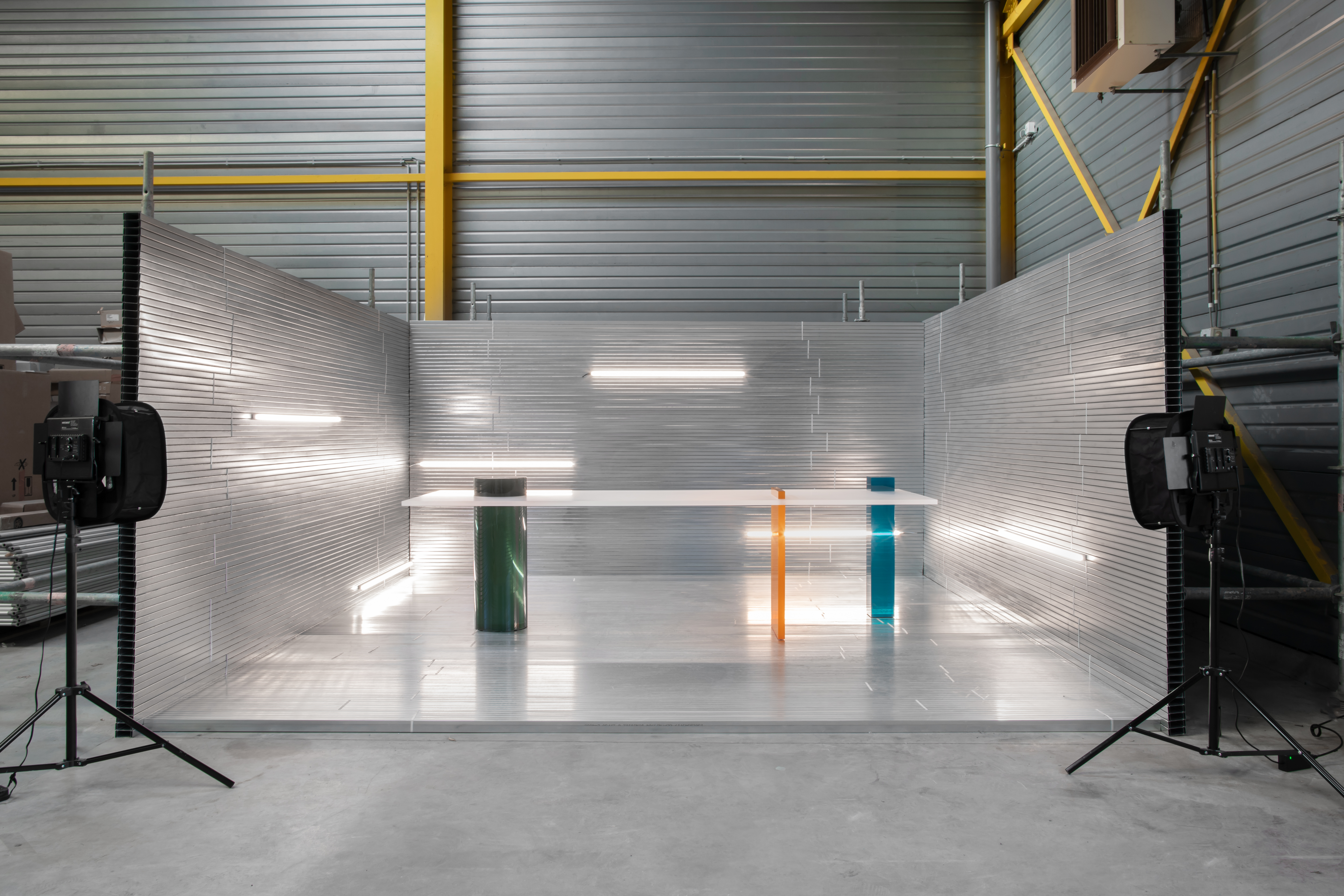
Cobra Studios' story begins with its founders, Kenny Decommer and Hugues Delaunay, in their need for a new dining table for their apartment. Based in Brussels and with backgrounds in architecture and fashion respectively, the pair designed and made furniture for themselves, before launching their studio and debut collection this year.
While working at architecture practice Explorations Architecture, Decommer had collaborated with Dominique Perrault on new furniture for Paris’ Bibliothèque Nationale, sparking his interest in design. Delaunay studied fine art and developed his scenographic approach working as a visual merchandiser for Ralph Lauren and Paul Smith; he currently divides his time between Paris and Brussels, working for Chloé.
‘I am more technical, Hugues is more conceptual and colour-minded. We complement each other,’ says Decommer. ‘We like geometry and symmetry, but we also like asymmetry and breaking the visual balance,’ adds Delaunay.
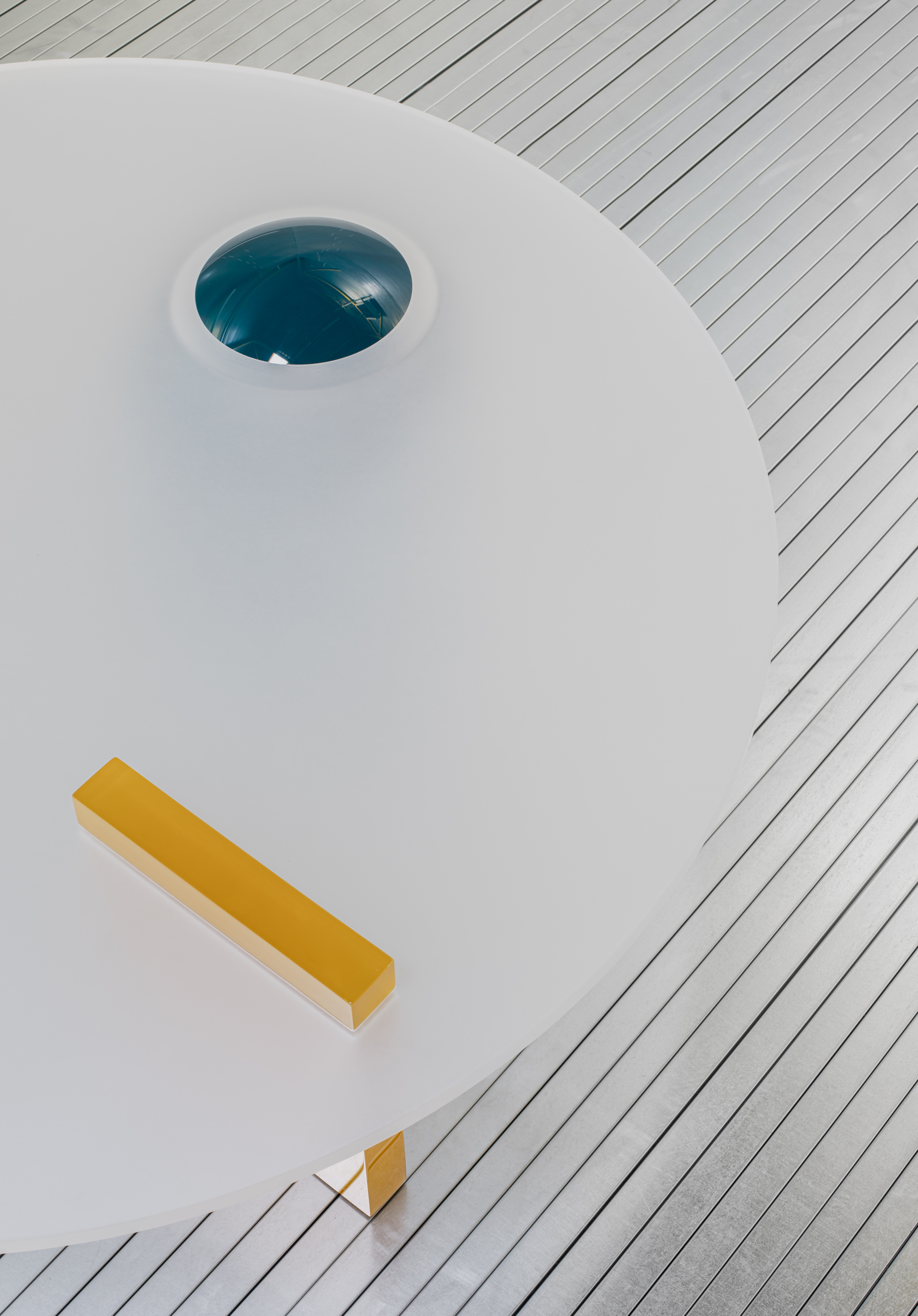
The volumes supporting the table tops emerge from the simple white surfaces
Solids by Cobra Studios
Two years in the making, Cobra Studios' debut collection, Solids, is inspired by Roman ruins, which the designers have studied during trips to the Italian capital, and which have fascinated Decommer since childhood. In particular, he was interested in how these ancient elements are at once disconnected from and coexist with the modern city. The new designs are based on ‘a vision of a Roman Forum’; majestic columns and walls are translated into a series of pure shapes made out of resin in bright jewel hues. These elements pierce through simple white tabletops, in tactile, sanded acrylic with a chalky finish, that appear to float.
While the dining table and a low coffee table were planned from the start, the third element, a side table, was created to make use of leftover shapes. The tables’ names nod to their classical inspiration: ‘Cicero’ (the dining table), ‘Santa Maria dei Clarici’ (the coffee table), and ‘Priape’ (the side table). Completing the collection is the ‘Otho’ lamp, with steel tubes and textured glass, that references postmodern forms.
Design process
Throughout the design process, Decommer and Delaunay experimented with materials and played with found objects. For production, they worked with friends and people in their local creative community, learning along the way. ‘We want to create our own identity and our own entity,’ says Decommer, adding that they want to continue combining design and production, overseeing every element themselves, keeping things at a manageable scale. But they recognise the opportunities that come from sharing ideas and being open.
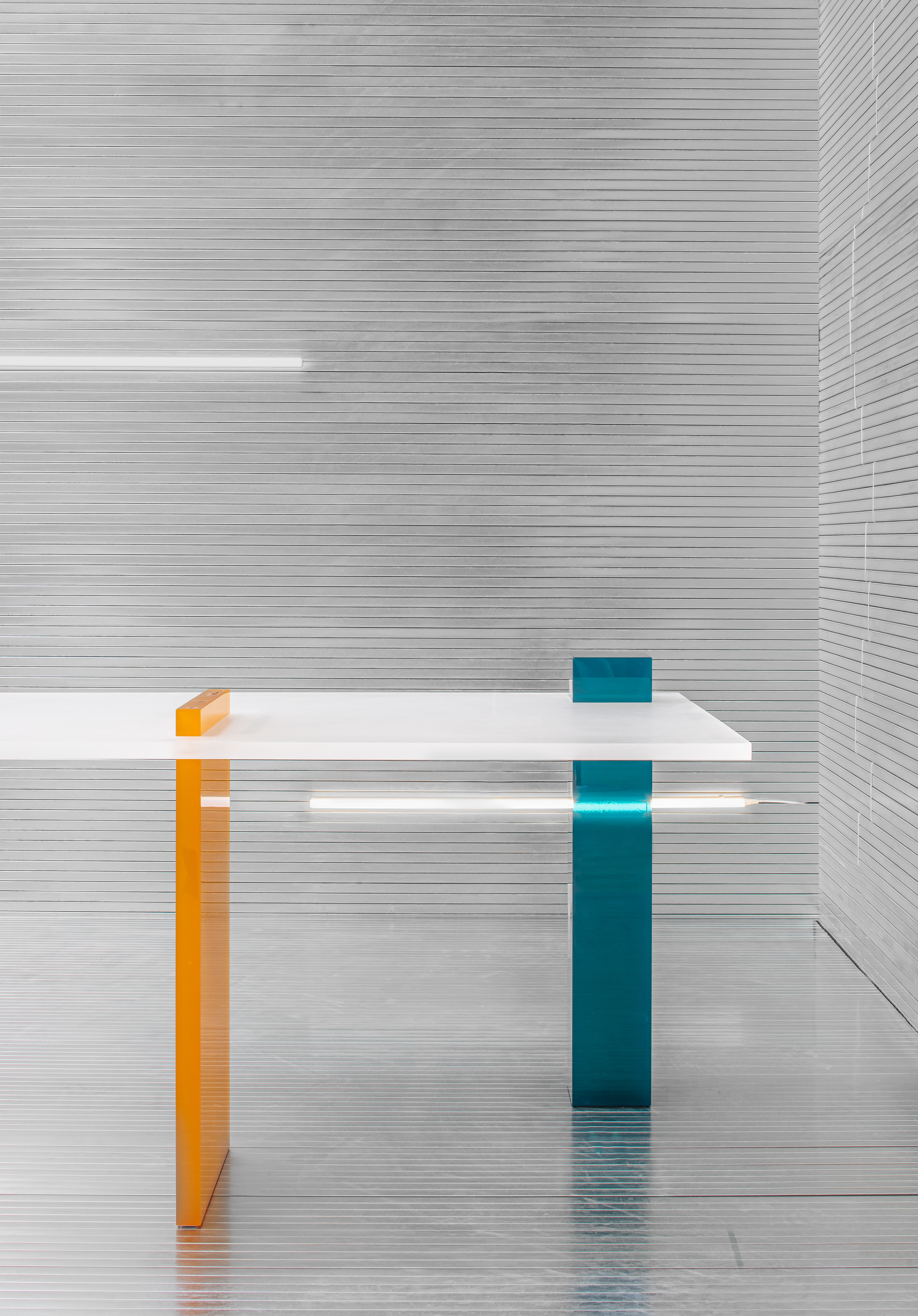
The Cicero dining table is created as a combination of geometric volumes, with a contrast between the silky grey top and legs in various bright shades
Brussels
Their home city is an important influence on their work. ‘When we arrived in Brussels six years ago there was an underground design scene, but now you have the impression that the city and the authorities are pushing that forward to create a vibrant place,’ says Decommer, referencing projects such as the Kanal Centre Pompidou, which opened in 2018.
‘The city is generating excitement about where it can go and what could happen in the next few years; everybody’s going with that flow. It’s eclectic.’ The duo’s predominantly Turkish neighbourhood has also been an inspiration, and they are currently looking at earthy materials, such as terracotta and stone, and working on a collection that will incorporate more varied visual elements.
Other upcoming projects include private commissions, as well as a collection of seating (‘We need chairs, so let’s just design them ourselves and try to have fun in the process,’ they say), and designs inspired by architectural elements such as arches (they have been looking at Rome’s Palazzo della Civiltà Italiana). The pair are also exploring reusing and recycling materials and objects, including their left-over resin stock, to create new pieces. The Solids collection is a firm start from a studio full of promise.
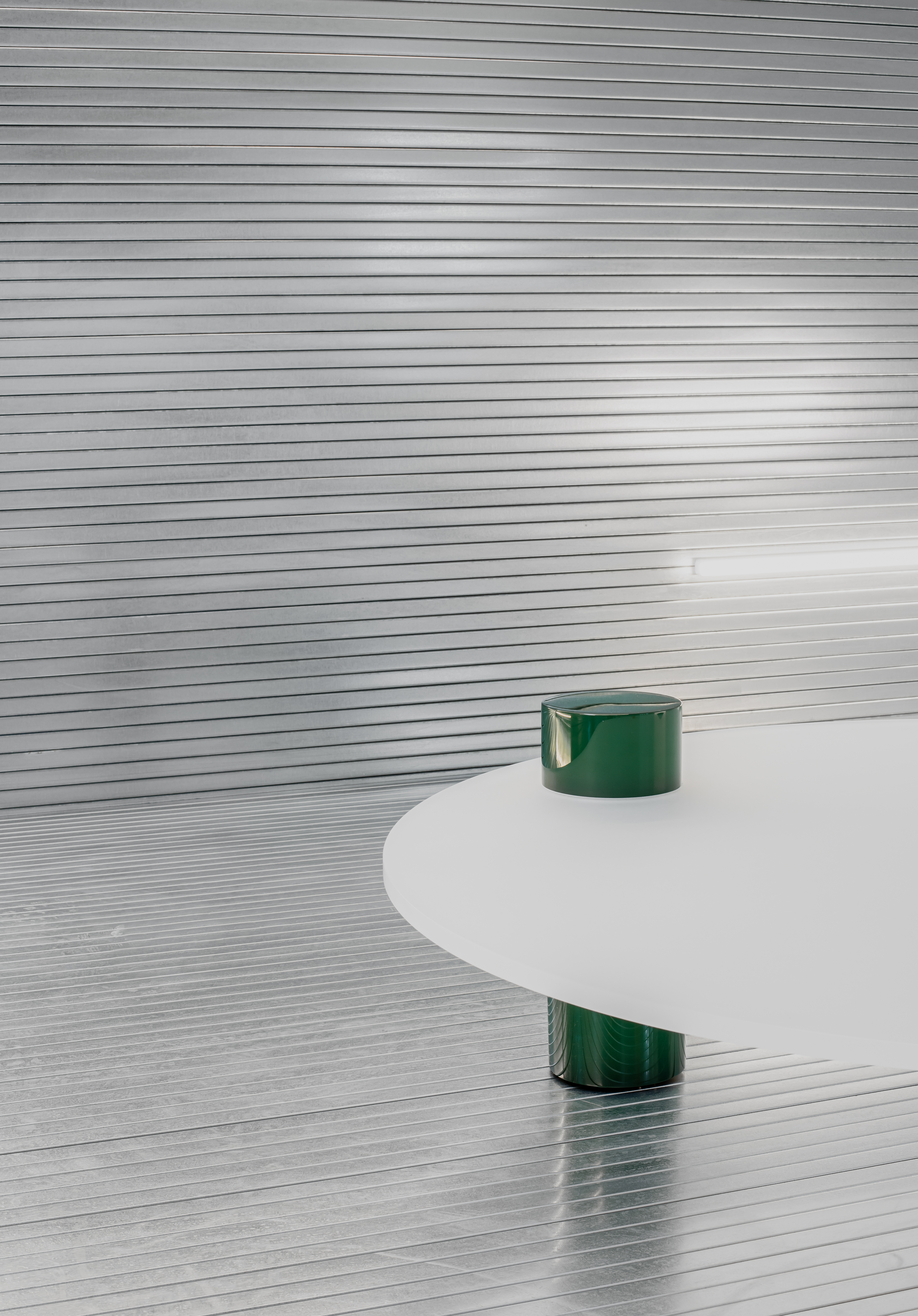
A detail of the Santa Maria dei Clarici coffee table
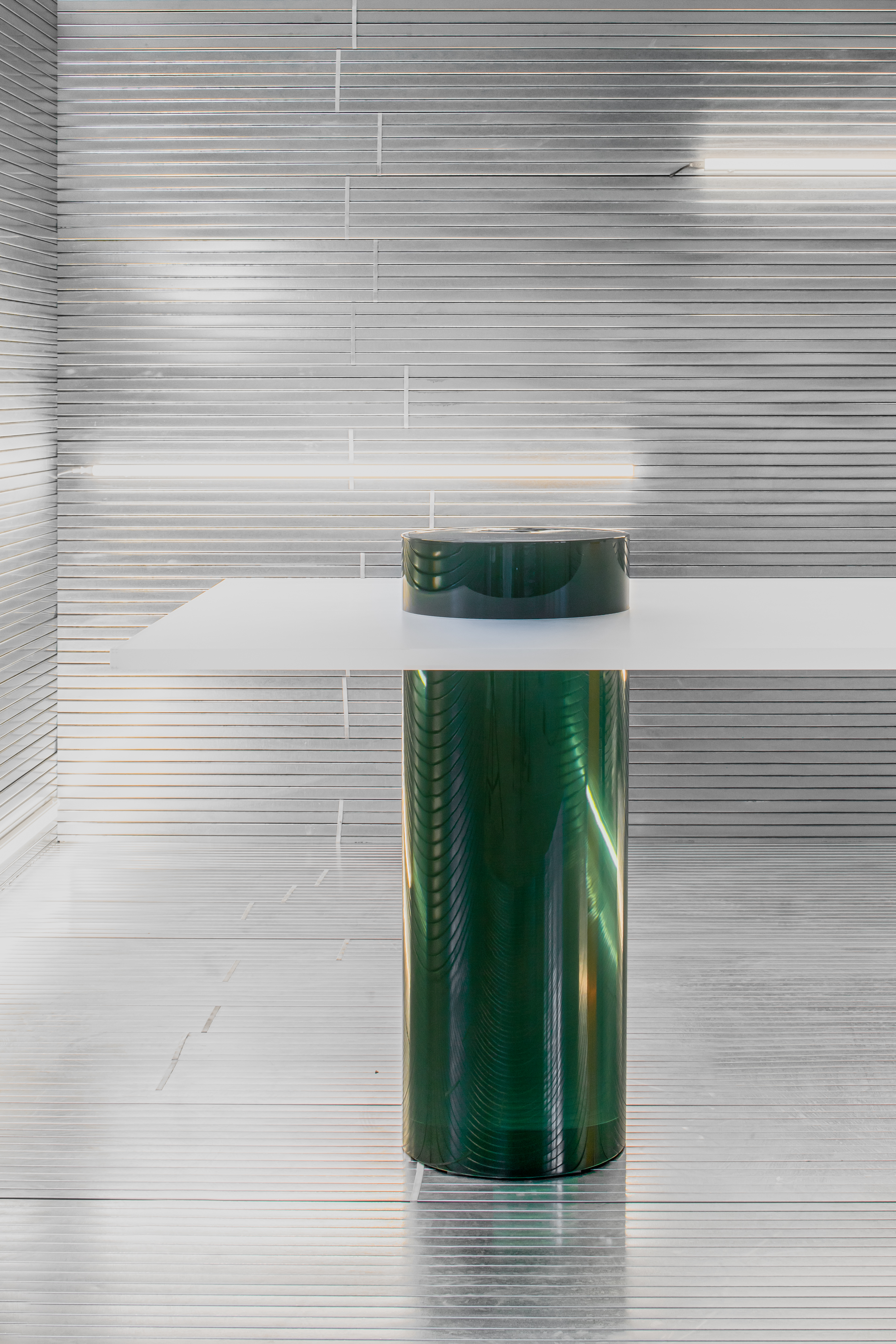
A detail of the Cicero dining table, initially created by the designers for their own apartment
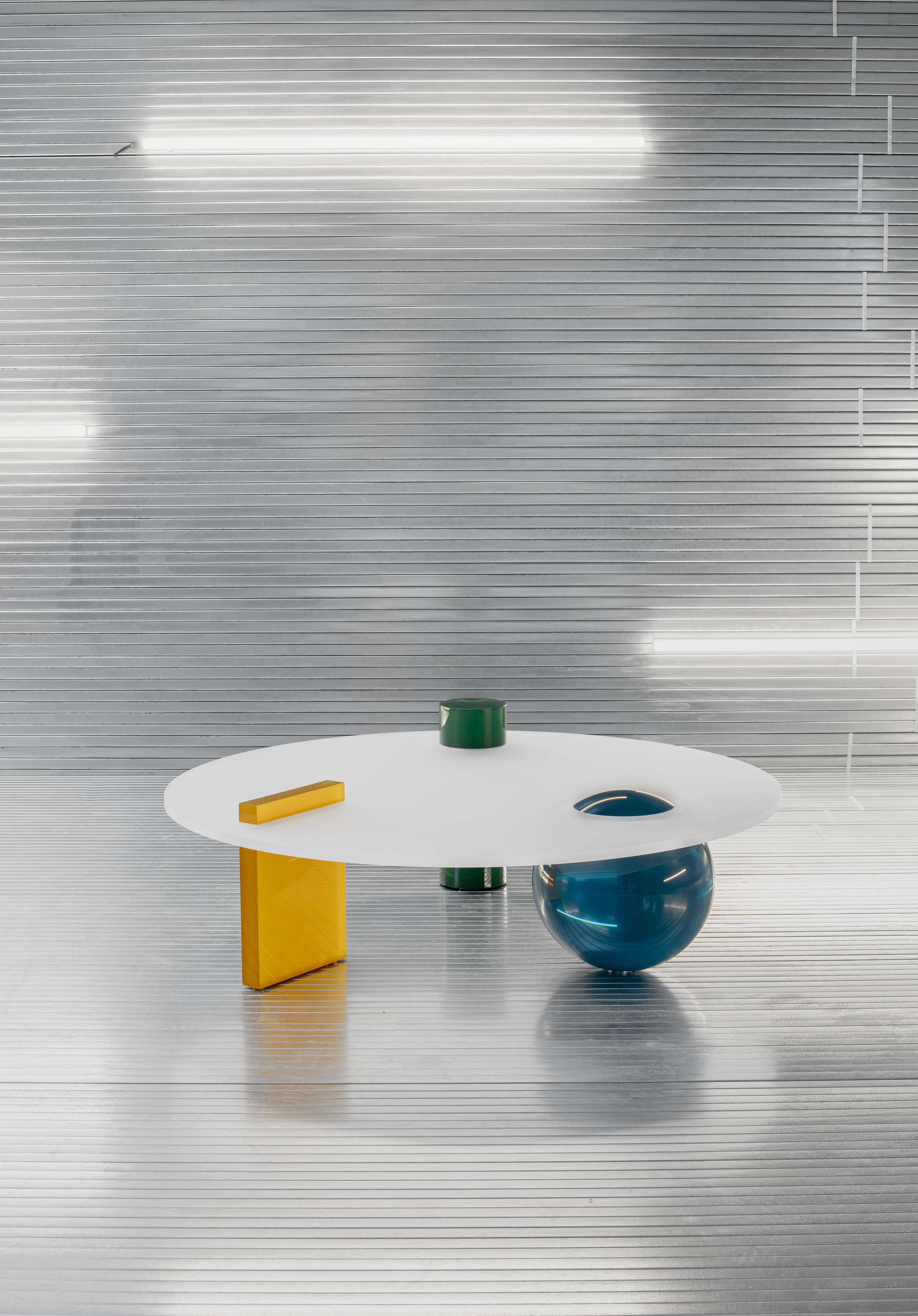
The Santa Maria dei Clarici coffee table, perched on a series of geometric supports
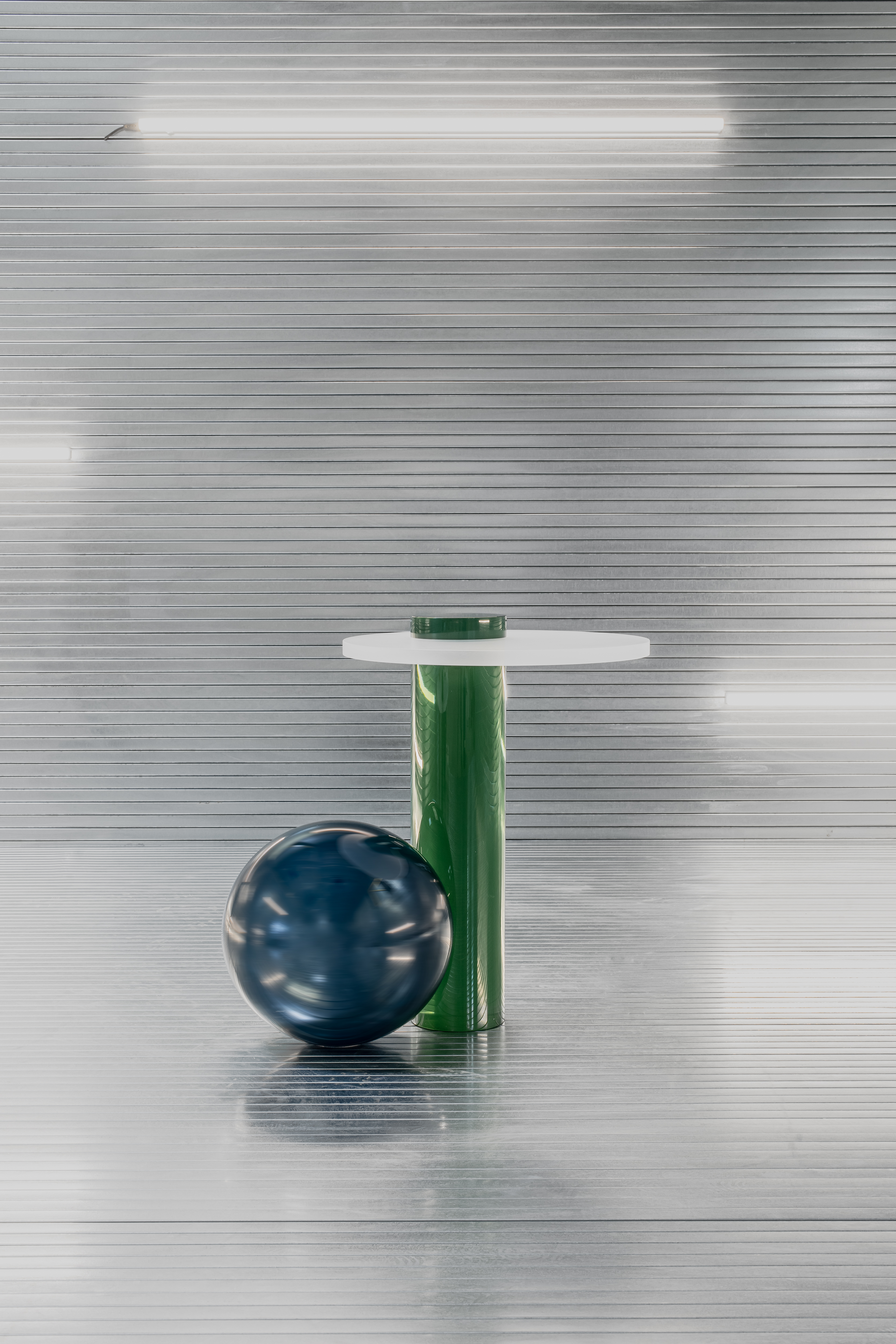
The pair created the Priape side table using leftover material from the Solids collection
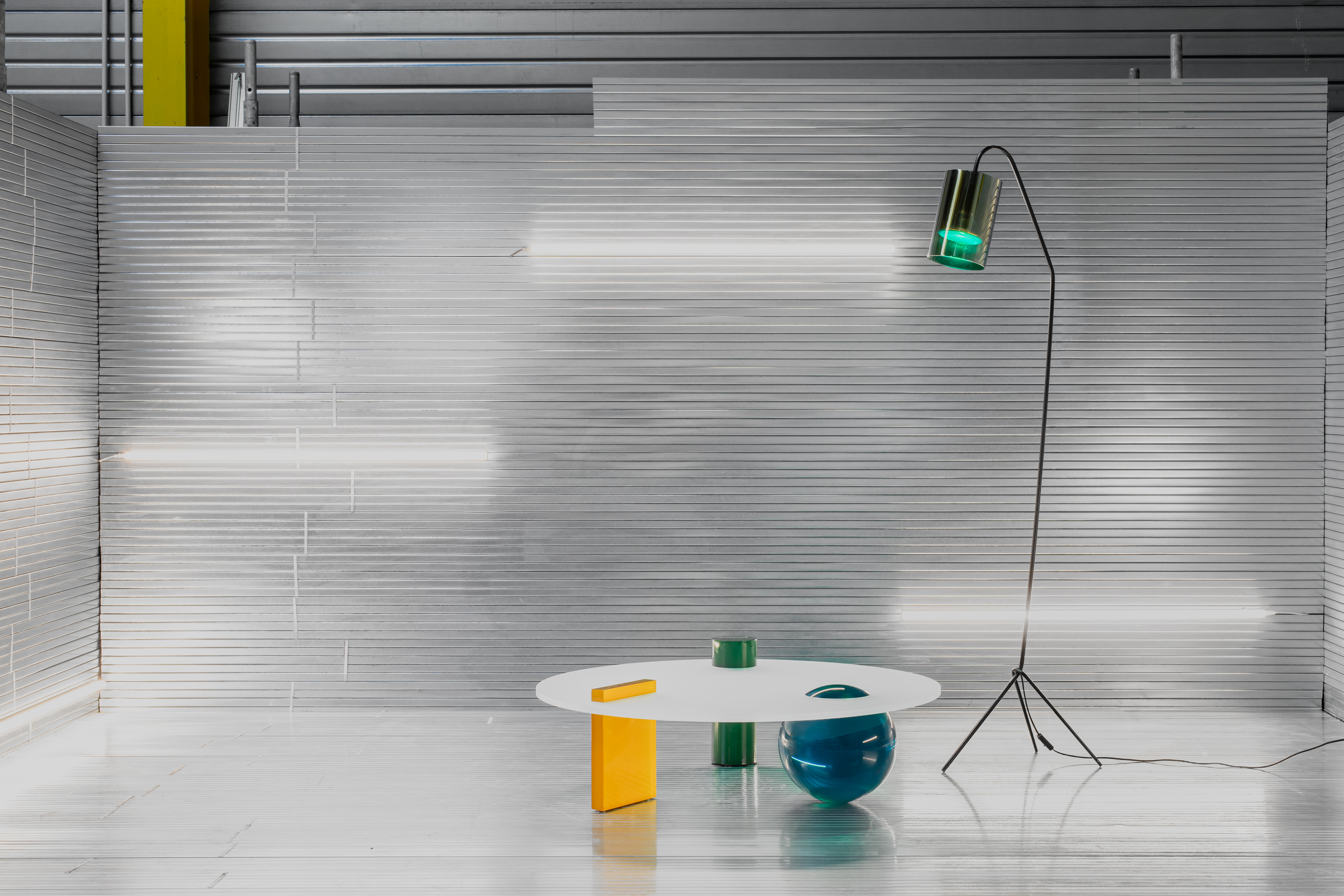
The Santa Maria dei Clarici coffee table and Otho floor lamp, also part of the Solids collection
INFORMATION
Receive our daily digest of inspiration, escapism and design stories from around the world direct to your inbox.
Rosa Bertoli was born in Udine, Italy, and now lives in London. Since 2014, she has been the Design Editor of Wallpaper*, where she oversees design content for the print and online editions, as well as special editorial projects. Through her role at Wallpaper*, she has written extensively about all areas of design. Rosa has been speaker and moderator for various design talks and conferences including London Craft Week, Maison & Objet, The Italian Cultural Institute (London), Clippings, Zaha Hadid Design, Kartell and Frieze Art Fair. Rosa has been on judging panels for the Chart Architecture Award, the Dutch Design Awards and the DesignGuild Marks. She has written for numerous English and Italian language publications, and worked as a content and communication consultant for fashion and design brands.
-
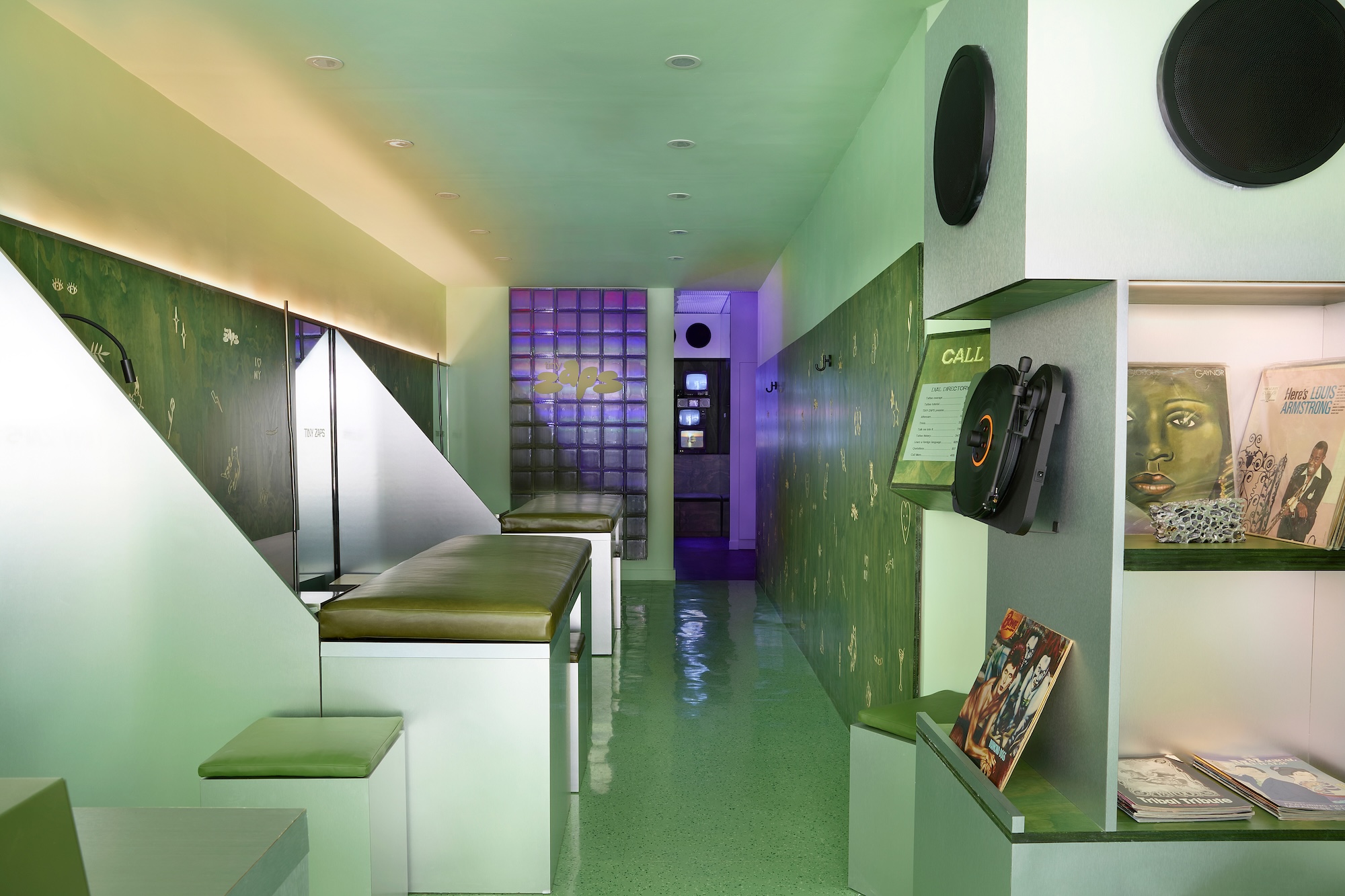 Terrified to get inked? This inviting Brooklyn tattoo parlour is for people who are 'a little bit nervous'
Terrified to get inked? This inviting Brooklyn tattoo parlour is for people who are 'a little bit nervous'With minty-green walls and an option to 'call mom', Tiny Zaps' Williamsburg location was designed to tame jitters
-
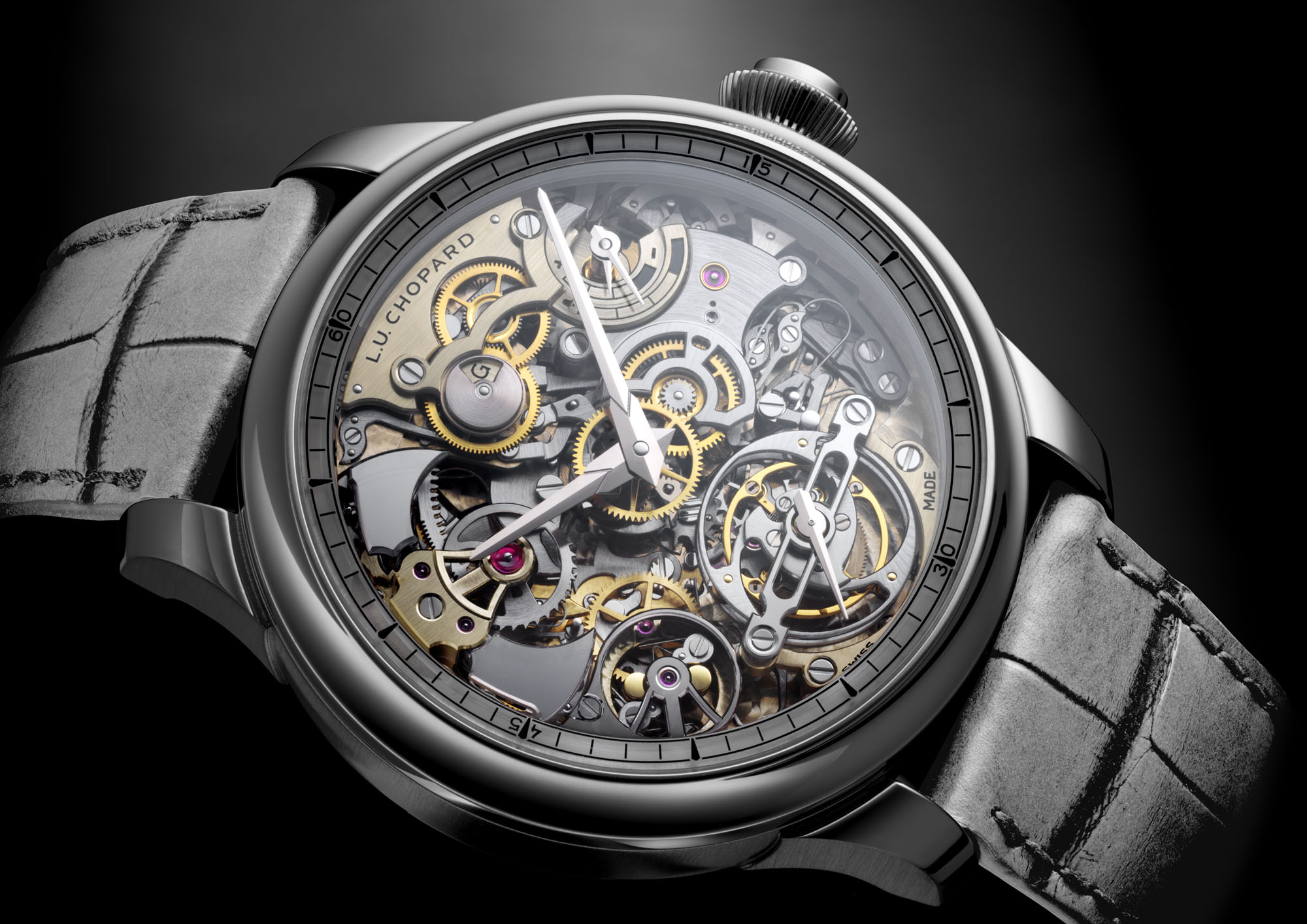 Let’s hear it for the Chopard L.U.C Grand Strike chiming watch
Let’s hear it for the Chopard L.U.C Grand Strike chiming watchThe Swiss watchmaker’s most complicated timepiece to date features an innovative approach to producing a crystal-clear sound
-
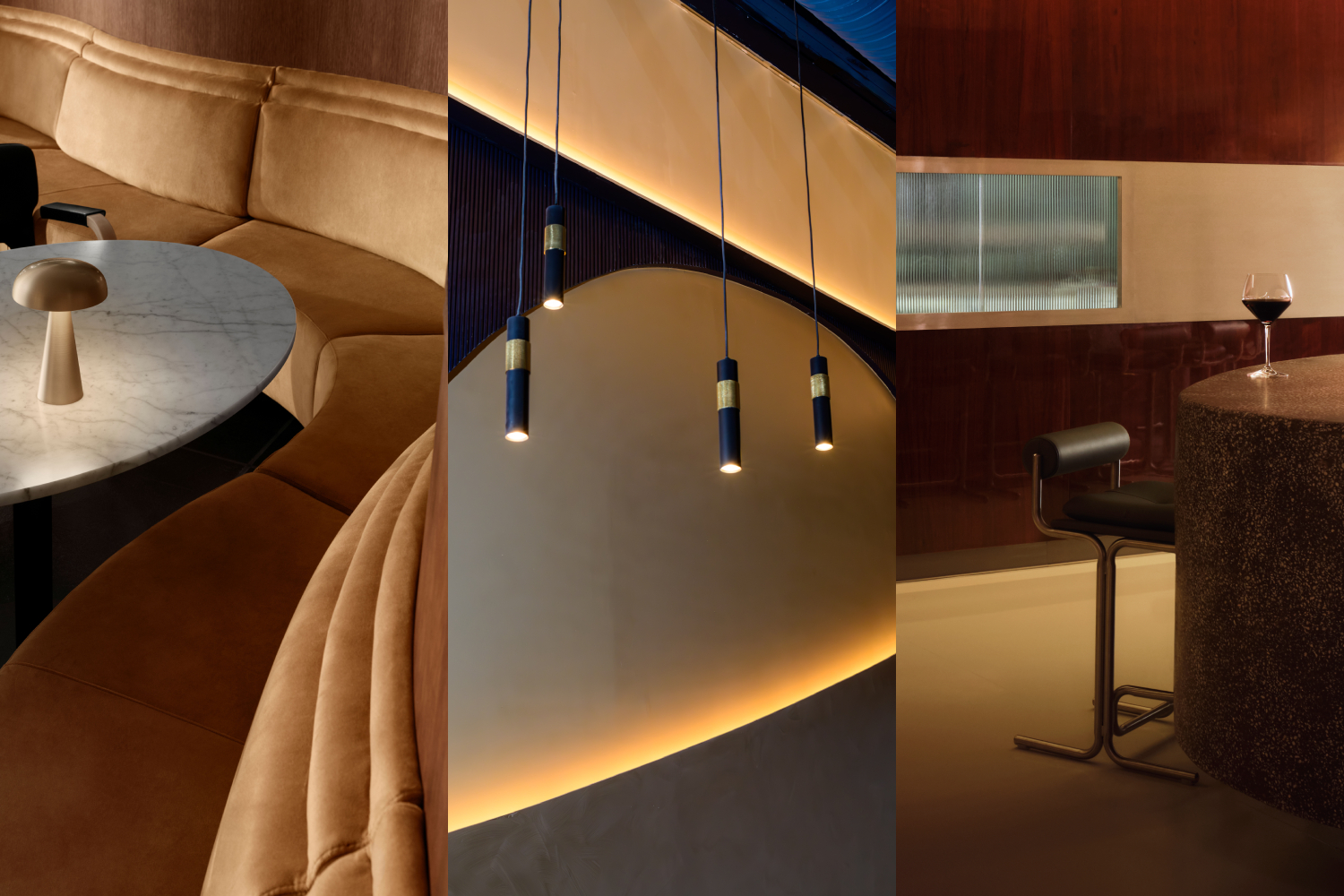 Form... and flavour? The best design-led restaurant debuts of 2025
Form... and flavour? The best design-led restaurant debuts of 2025A Wallpaper* edit of the restaurant interiors that shaped how we ate, gathered and lingered this year
-
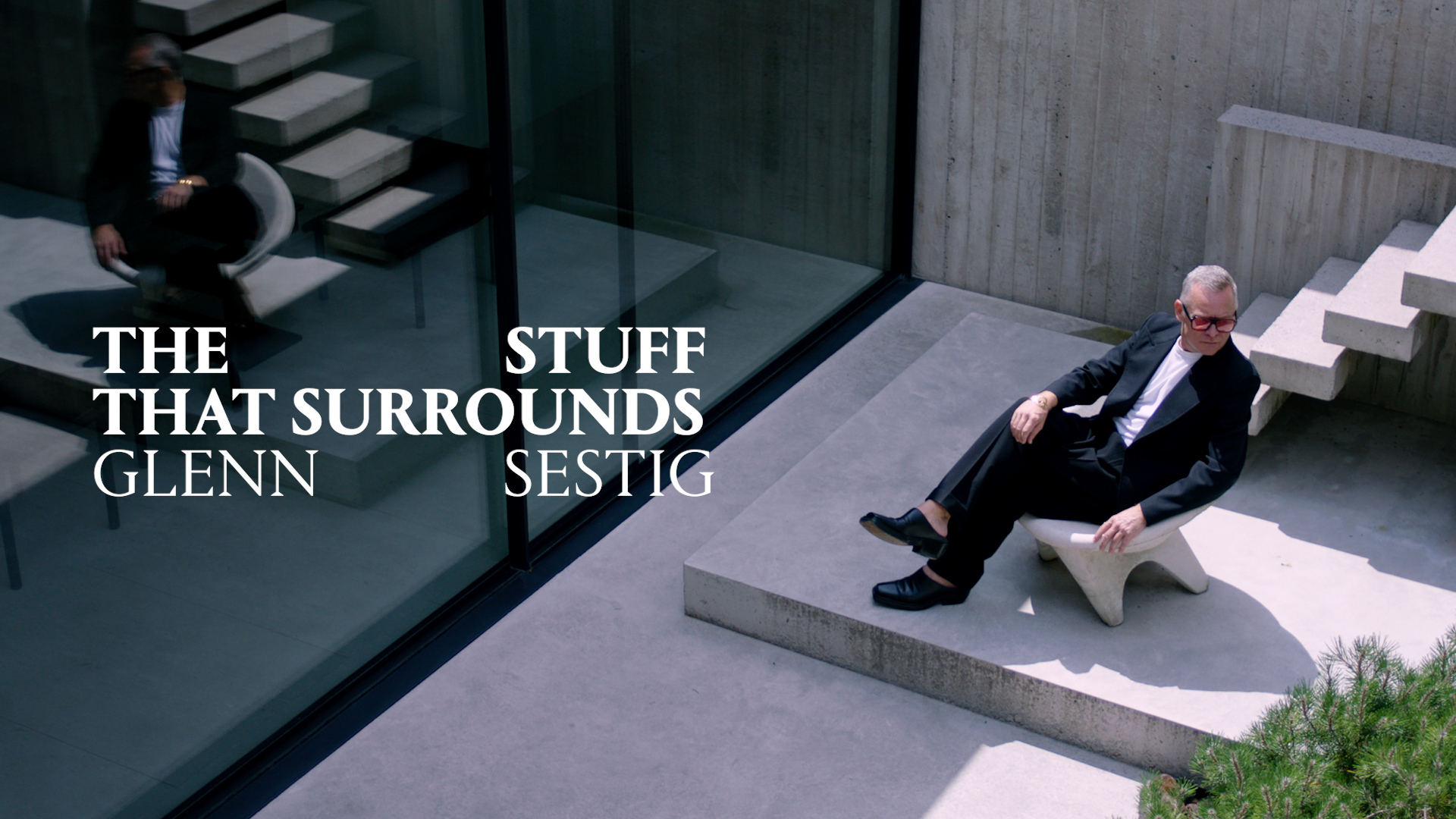 The Stuff That Surrounds You, episode three: Inside the home of architect Glenn Sestig
The Stuff That Surrounds You, episode three: Inside the home of architect Glenn SestigIn The Stuff That Surrounds You, Wallpaper* explores a life through objects. This episode, we’re invited inside an architectural gem – just what you'd expect from one of the most distinctive voices in the field today
-
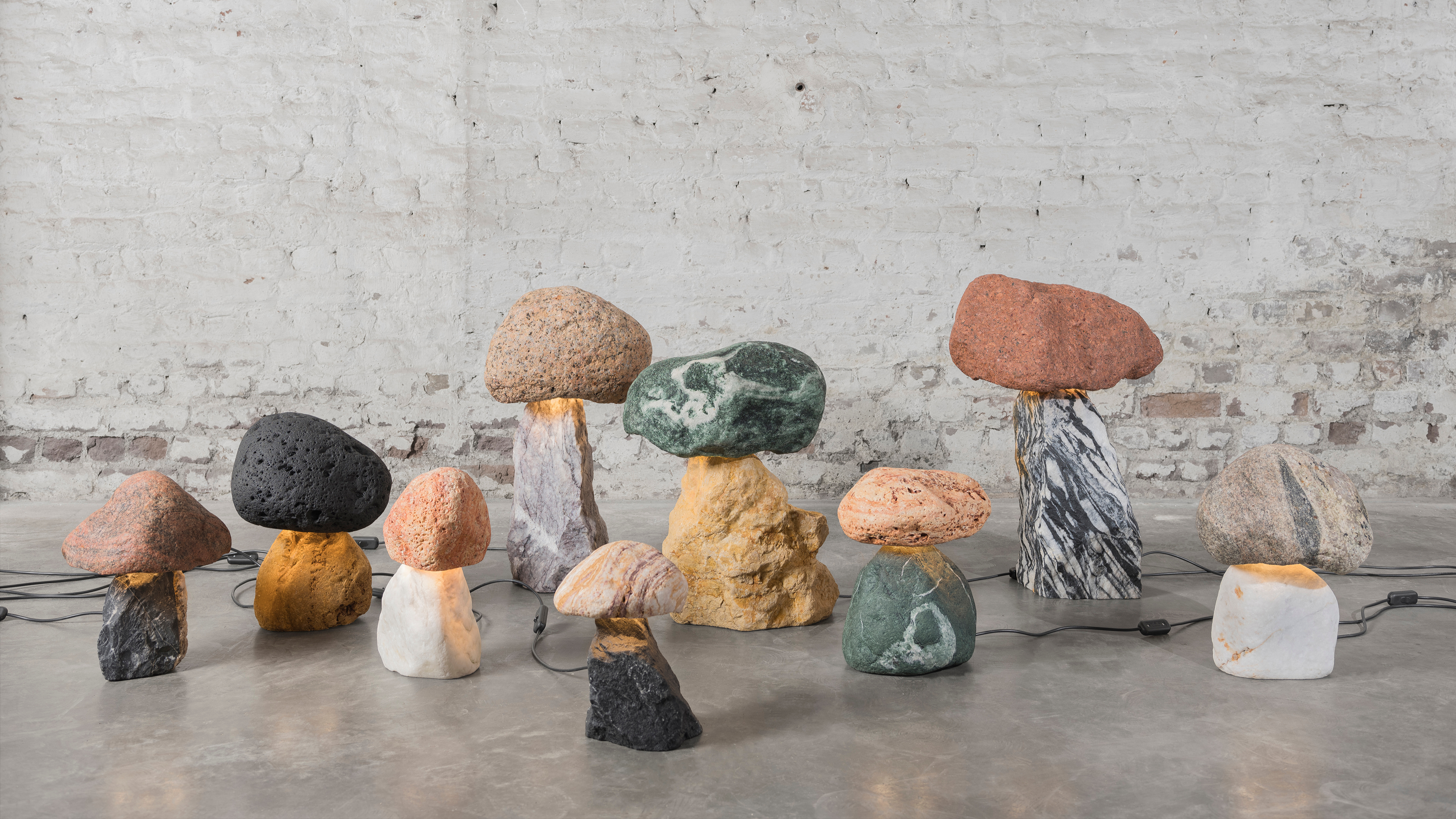 Guiding lights: Maarten De Ceulaer stacks stones into sculptural lamps
Guiding lights: Maarten De Ceulaer stacks stones into sculptural lampsDebuting at Brussels’ Collectible design fair in March 2025, Maarten De Ceulaer's Cairn Lights balance craftsmanship and connection to the natural world
-
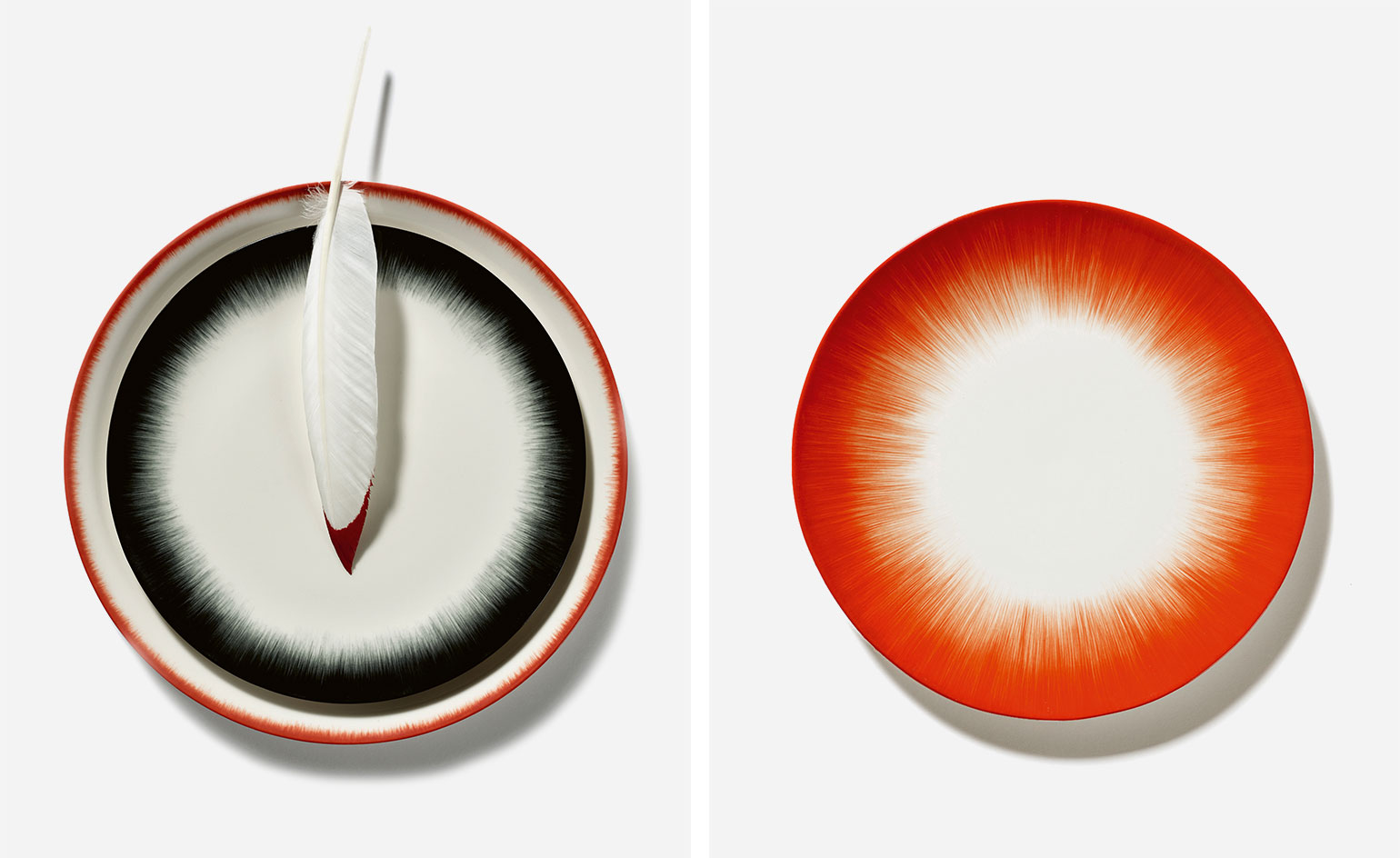 Ann Demeulemeester’s first foray into homeware ‘returns to the essence of things’
Ann Demeulemeester’s first foray into homeware ‘returns to the essence of things’The Belgian fashion designer collaborates with Serax for a collection launching at Maison et Objet this week
-
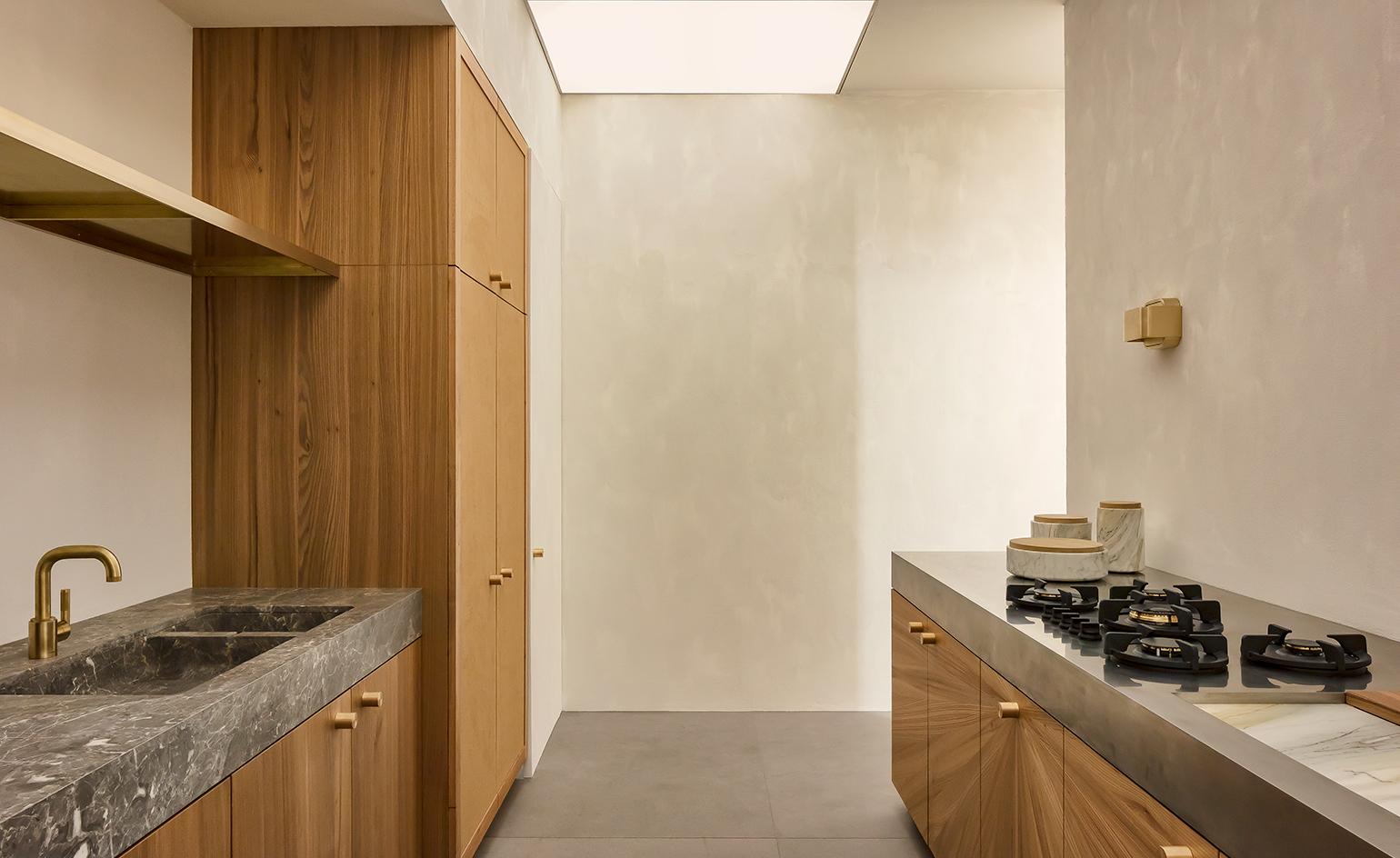 Neuschwanstein Castle’s servants’ kitchen inspire new utilitarian Belgian design
Neuschwanstein Castle’s servants’ kitchen inspire new utilitarian Belgian design -
 A former printworks makes an impression as a gallery and home for designer Xavier Lust
A former printworks makes an impression as a gallery and home for designer Xavier Lust -
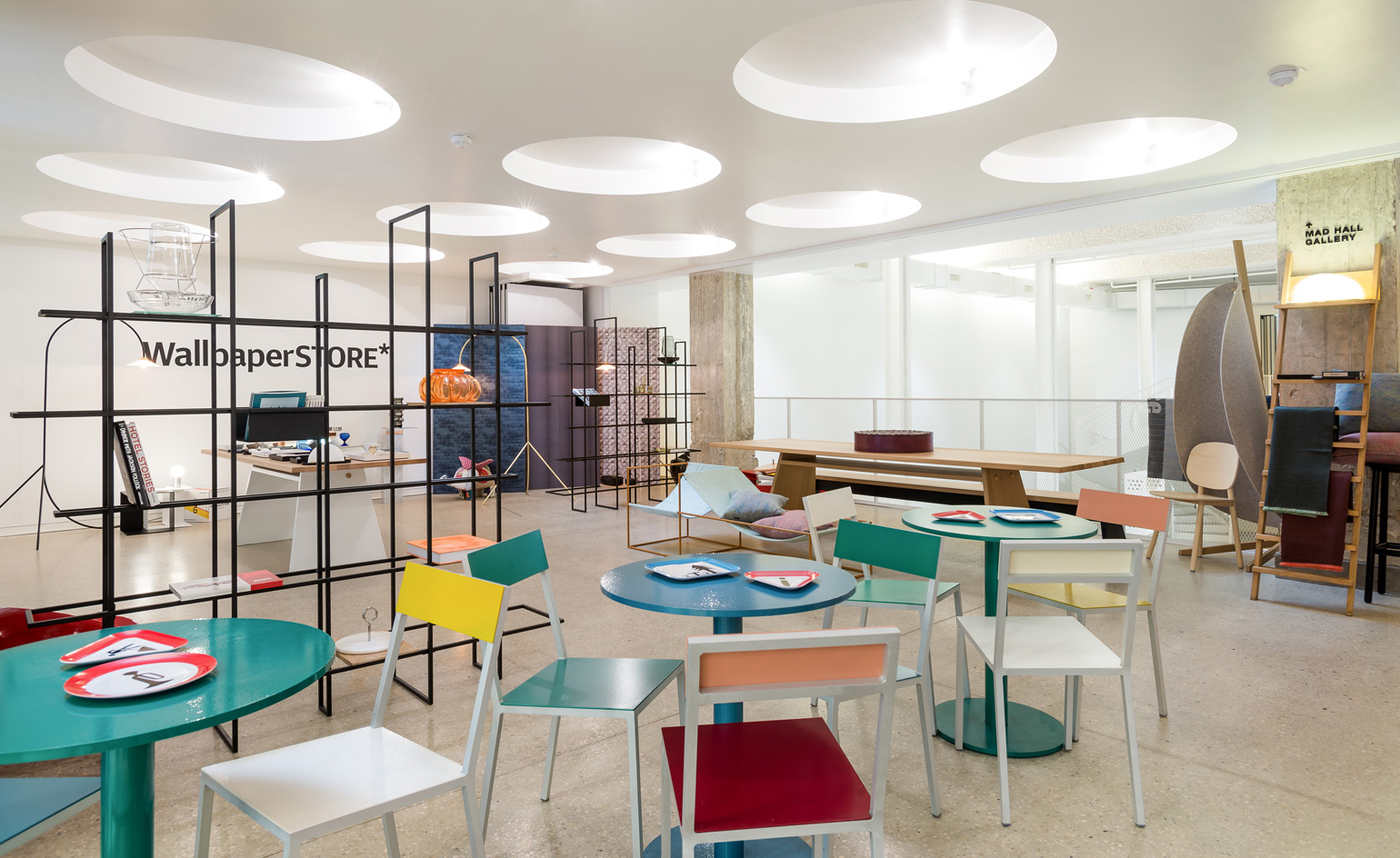 At MAD Museum in Brussels, Belgian design and a WallpaperSTORE* pop-up
At MAD Museum in Brussels, Belgian design and a WallpaperSTORE* pop-up -
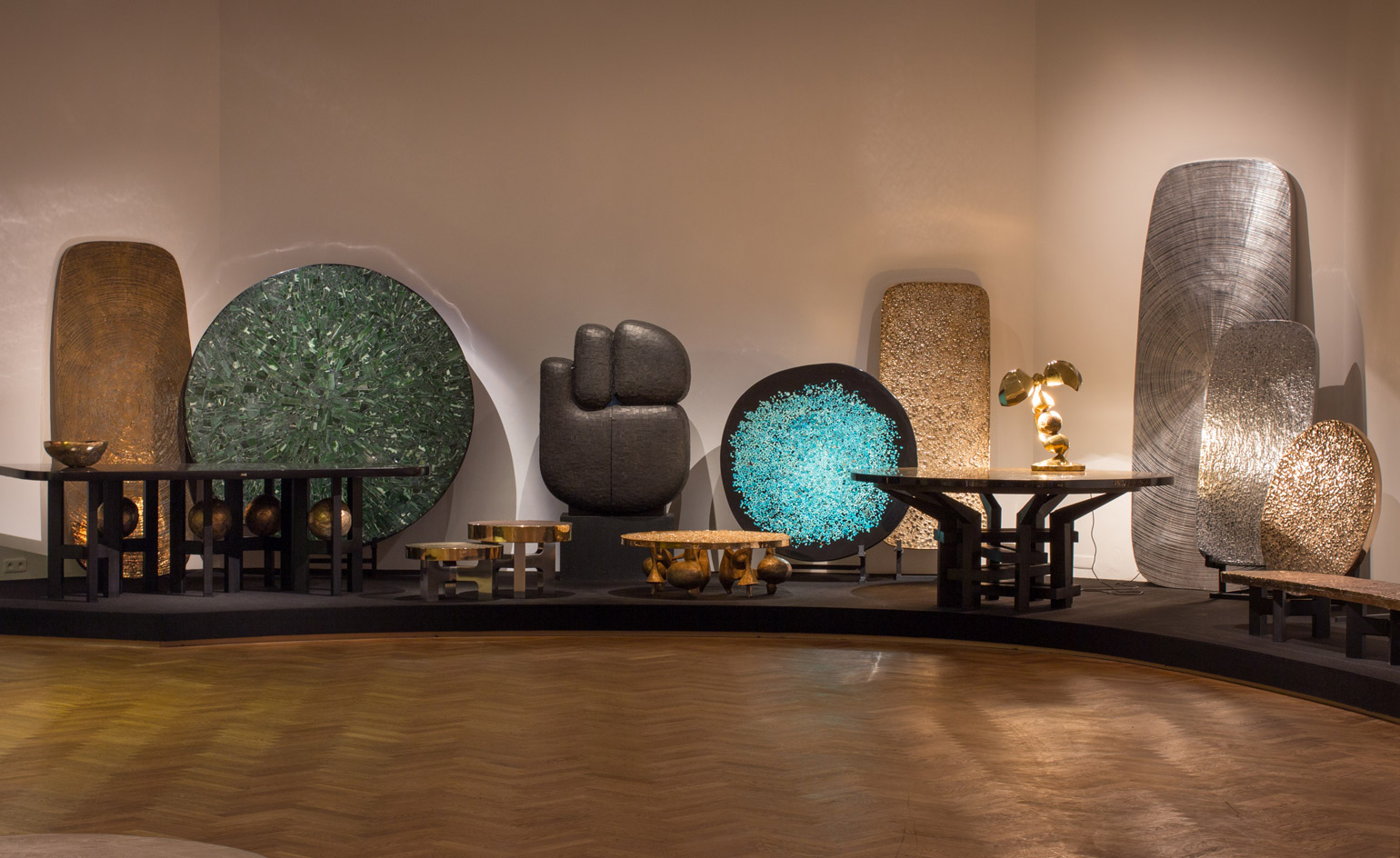 Cast in stone: Ado Chale’s lifetime of alchemy and artistry goes on show in Brussels
Cast in stone: Ado Chale’s lifetime of alchemy and artistry goes on show in Brussels -
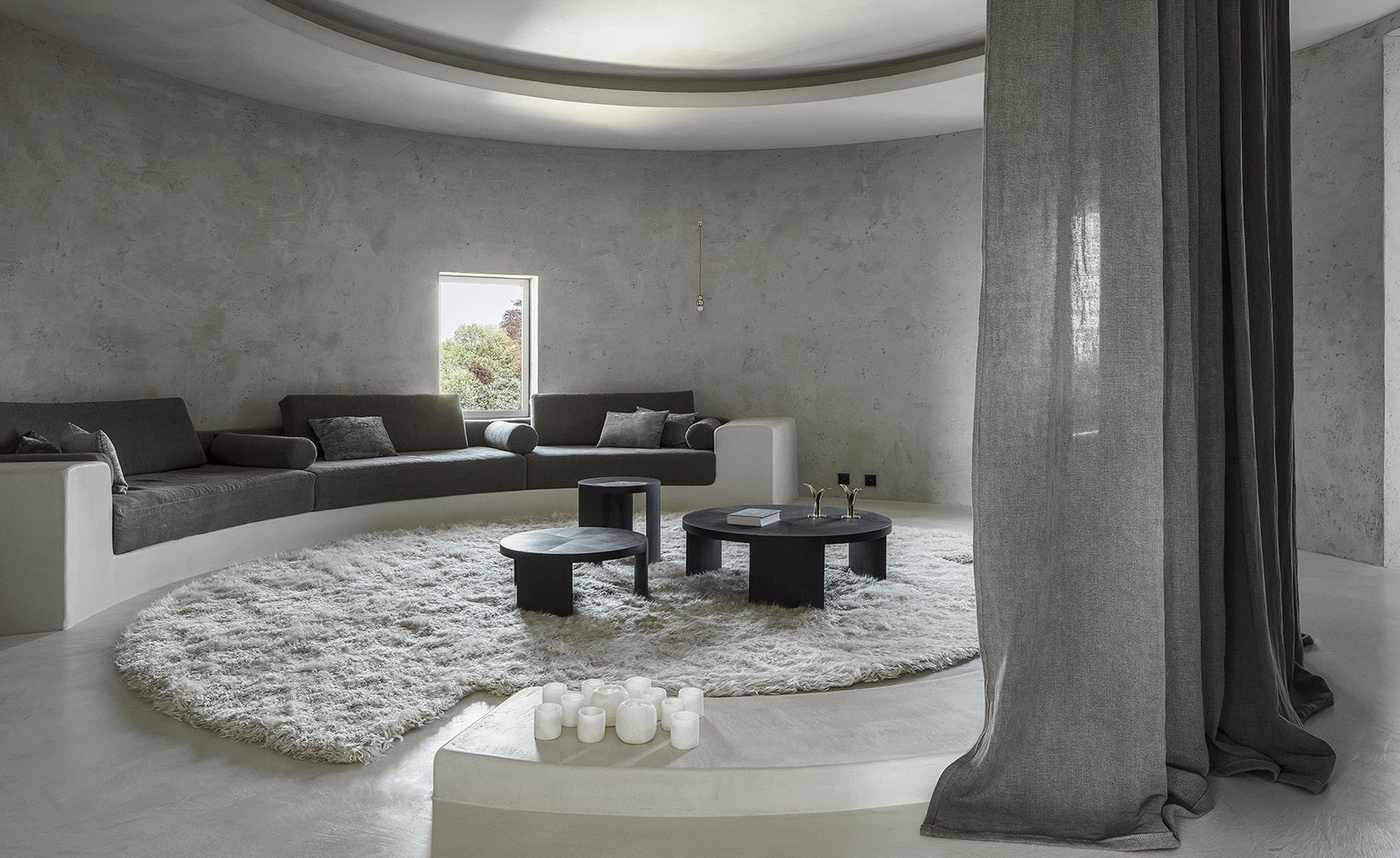 Magic circle: Arjaan De Feyter casts a spell over a silo in Antwerp
Magic circle: Arjaan De Feyter casts a spell over a silo in Antwerp